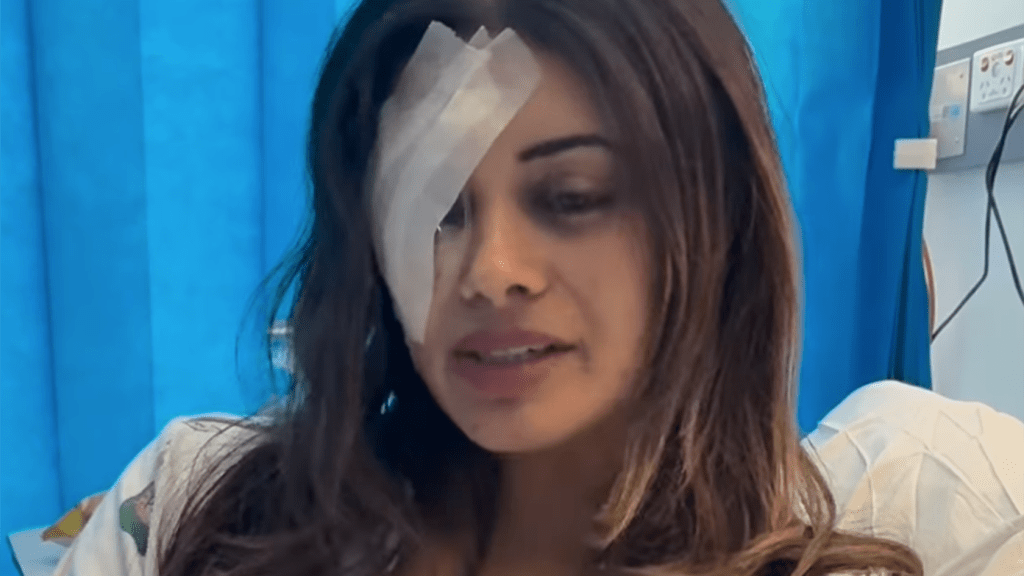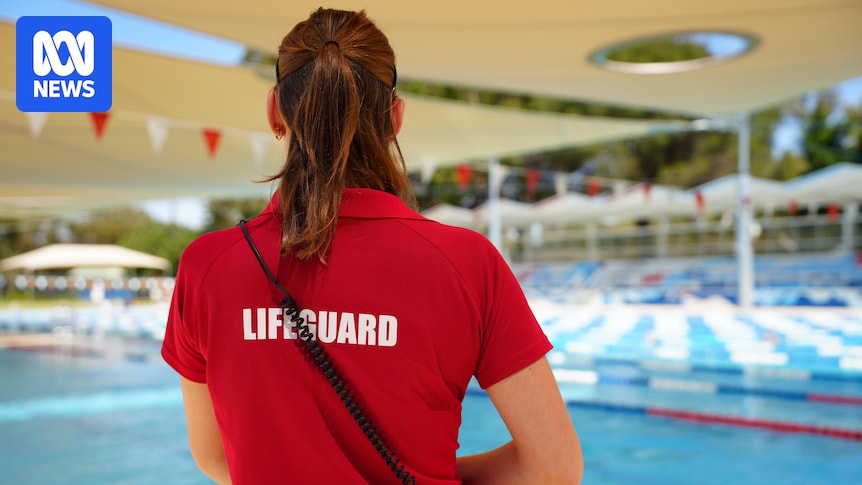
The injuries sustained by former Greens candidate Hannah Thomas have sparked a renewed debate over Australia’s approach to protests. Thomas, who was injured during a pro-Palestine demonstration in Sydney, shared an image of her swollen and bloodied face on social media, highlighting the physical toll of her arrest. The incident occurred last Friday, and Thomas, who once ran against Prime Minister Anthony Albanese, may face permanent vision loss in her right eye.
Despite the severity of her injuries, Thomas is among the few facing legal repercussions. She, along with four other protesters, has been charged with allegedly resisting police and failing to disperse. The incident has intensified scrutiny over New South Wales’ stringent protest laws and their implementation.
The Crackdown on Protests
New South Wales has long maintained a firm stance on protests. Following the October 7, 2023, attacks by Hamas, NSW Police Minister Yasmin Catley expressed her disapproval of protests, stating, “I don’t want to see protests on our street at all, from anybody.” This sentiment has been reflected in recent legislative changes.
In February, the state passed new laws restricting protests, granting police broader powers to disperse gatherings near places of worship. These laws allow for severe penalties, including up to two years in jail for actions deemed as harassment or intimidation. However, NSW Police have denied using these laws during Thomas’ arrest, stating that the protesters were obstructing pedestrian access.
“The new laws that have been mentioned during the media over the weekend were not utilised on this occasion,” NSW Police assistant commissioner Brett McFadden stated.
Background: The Dural Caravan Incident
The legislative changes followed the high-profile Dural Caravan incident, where a caravan filled with explosives and linked to a Sydney synagogue was discovered. Initially labeled a “potential mass casualty event” by NSW Premier Chris Minns, the incident was later revealed to be a hoax, leading to a state inquiry into whether the public was misled.
Despite the hoax revelation, the incident fueled the passage of the anti-protest laws. Minns’ chief-of-staff, James Cullen, recently testified that linking the caravan event to the legislation was “extremely unfortunate and unfair.”
A Broader Erosion of Civil Liberties
The crackdown on protests is not isolated to New South Wales. Across Australia, states like Victoria, South Australia, Tasmania, and Western Australia have also tightened their grip on dissent, often targeting climate activists. Australia has been noted for its aggressive stance, leading the world in jailing climate protesters.
Since the recent escalation of tensions in the Middle East, the focus has shifted to those protesting Israel’s actions in Gaza, further expanding the scope of protest suppression.
Official Responses and Public Outcry
NSW Police assistant commissioner Brett McFadden defended the police actions, emphasizing the challenges officers face daily. Home Affairs Minister Tony Burke echoed this sentiment, suggesting protesters should comply with police directives.
“When people were asked to move on by the police, they should have followed the police direction. Apparently they didn’t,” Burke told Sky News.
As of now, Prime Minister Anthony Albanese has not commented on Thomas’ injuries, despite her being a former political opponent and current constituent. The silence from the highest office has not gone unnoticed, adding to the growing public discourse on the balance between security and civil rights in Australia.
The incident with Hannah Thomas underscores a critical juncture in Australia’s democratic fabric, where the right to protest is increasingly under threat. As the nation grapples with these complex issues, the implications for civil liberties remain a contentious and evolving debate.





